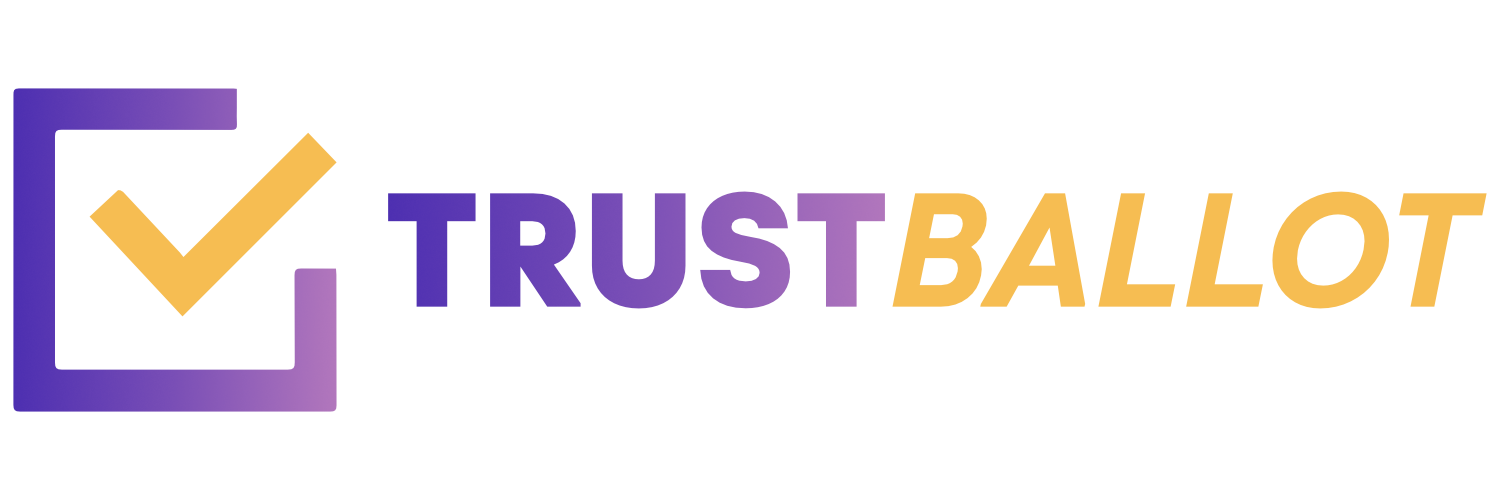Which Electoral System is the Fairest?
Navigating the labyrinth of equitable elections necessitates a thoughtful exploration of the diverse electoral systems at play. TrustBallot, an organization devoted to championing the cause of electoral probity, offers a perspective through which we can scrutinize this essential aspect of our democratic journey. Crafting a society where each vote carries significance mandates an in-depth analysis of which electoral system epitomizes fairness while accurately reflecting the democratic ethos.
The Plurality Voting System, or First-Past-The-Post (FPTP), is a commonly implemented model. Its premise is uncomplicated: the contender securing the highest tally in a district claims victory. Though this method finds favor in nations like the United States and the United Kingdom, its critics point out that it may inadvertently favor a duopolistic political landscape, sidelining minor parties. Additionally, FPTP could, paradoxically, enable a party to clinch a majority of seats without mirroring the popular vote, sparking debates about its equitable nature.
Contrastingly, Proportional Representation (PR) seeks to rectify some of FPTP's perceived inequities. PR ensures that a party's legislative representation is commensurate with its proportion of the total vote, fostering an environment where diverse perspectives find expression. Sweden and Germany, for instance, leverage PR variants to nurture political inclusivity. However, naysayers contend that PR may lead to a fragmented political arena, necessitating coalition governments.
The Single Transferable Vote (STV), employed in nations like Ireland and Australia, amalgamates features from both FPTP and PR. In this approach, voters enumerate candidates based on preference, facilitating seat allocation that represents the broadest spectrum of voters. Advocates praise STV for fostering representative results and preserving local ties, but opponents argue that its complexity may confound voters.
Mixed-Member Proportional (MMP) representation seeks to harmoniously blend FPTP's simplicity with PR's equitable ethos. Under MMP, voters cast dual votes – one for a local candidate and another for a party. Employed in New Zealand and Germany, MMP endeavors to strike an equilibrium by mirroring the electorate's sentiment in the legislative assembly. Yet, critics opine that MMP might still sideline minor parties and necessitate coalition governance.
In our quest to unearth the most equitable electoral system, it's vital to accept that each system comes with its own set of hurdles. The quintessential system should aspire to encapsulate democratic ideals such as representativeness, simplicity, fairness, and political stability. Each system presents a unique solution, and the discourse on their efficacy is ongoing.
TrustBallot encourages a critical appraisal of these systems, recognizing that the journey towards the most equitable electoral system is less about attaining perfection and more about refining democratic representation. An electoral system's integrity is defined not just by its voting mechanism but also by the trust and faith that citizens vest in its capacity to echo their collective aspirations. Hence, the most equitable system is one that resonates with a society's democratic ambitions and enables political expression in an inclusive and just manner.
To sum up, the discourse surrounding the most equitable electoral system is intricate and multi-dimensional, yet it is pivotal to upholding the sanctity of the democratic apparatus. A dialogue that contemplates the virtues and impediments of each system is imperative. By engaging in such dialogue, we inch towards an electoral framework that guarantees that every voice resonates and every vote holds value. TrustBallot remains committed to propelling this dialogue, nurturing conversations that inch us closer to an electoral paradigm that truly personifies fairness and probity.

